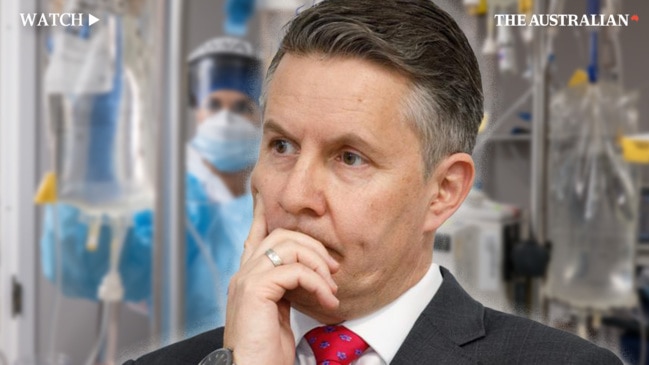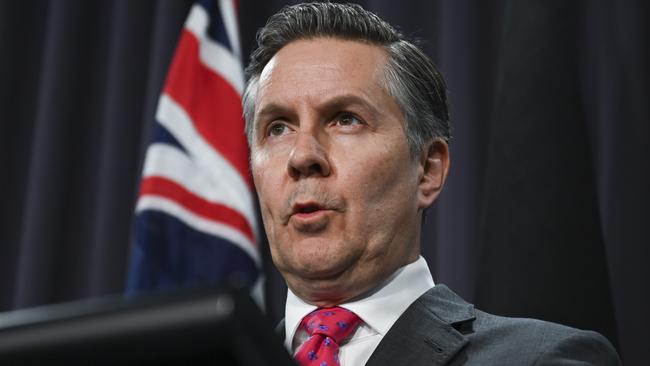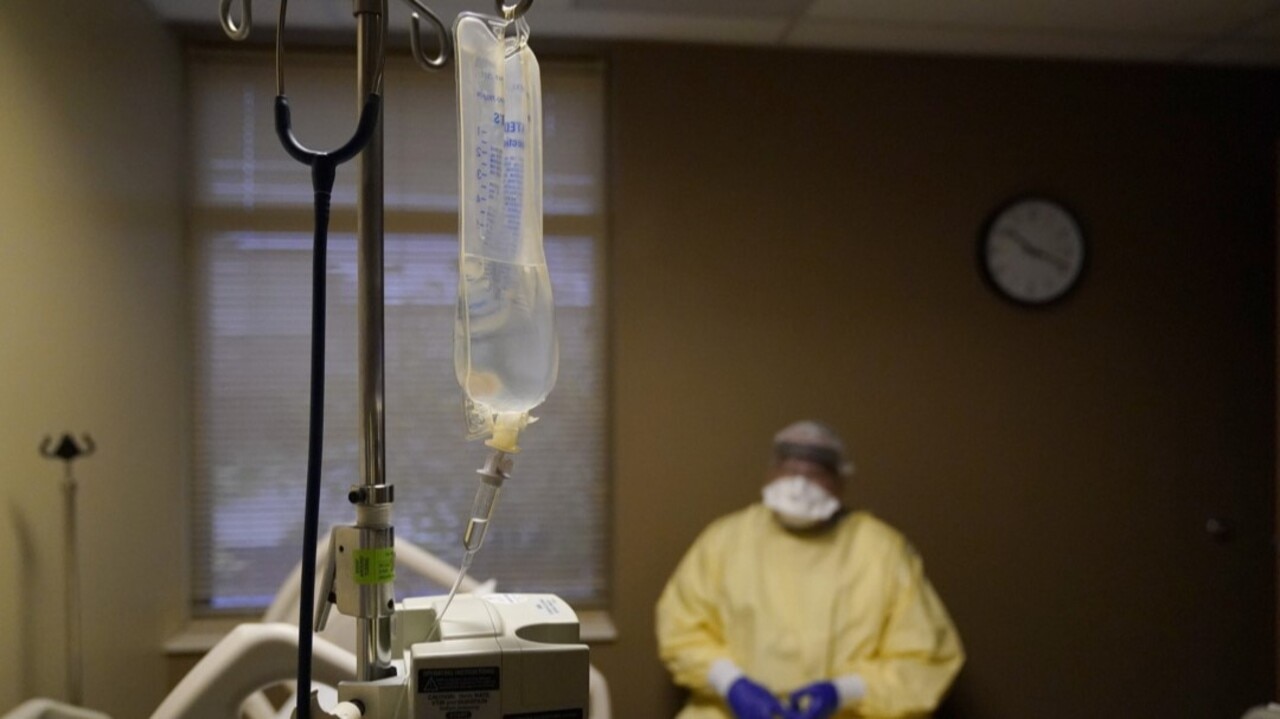The IV fluids crisis should not occur in a First World nation like ours

The crisis underlines an urgent need for an overhaul of procurement policies and closer federal oversight of the Therapeutic Goods Administration, which delayed acting on early warnings about shortages of the IV bags for more than a year. Doctors in the US and Britain are mystified by the regulator’s claims of a “global shortage”.
And Australia’s only IV fluid manufacturer, Baxter Healthcare, which has a factory in western Sydney, is supplying adequate stock to New Zealand, where contractual agreements and supply procedures keep sufficient stock flowing.
In Australia, in contrast, three major teaching hospitals that perform critical surgery have been in the extraordinary predicament of having just 24 hours’ supply of the vital IV fluids in their emergency stores for a fortnight. That is despite widespread rationing and doctors retrieving half-used bags from ambulances, as we reported earlier in the week.
Tasmania’s Department of Health raised concerns with the TGA more than 18 months ago about shortages of the fluids, Natasha Robinson and Joanna Panagopoulos report.

But the regulator delayed for months in issuing an alert about the escalating supply crisis. Queensland established a critical response working group to deal with the shortage as early as May 7. The regulator did not issue a public alert until June 25. By then, several states had told hospital staff of an escalating emergency. In a statement on Monday, the TGA said the shortages were due to global supply limitations, unexpected increases in demand and manufacturing issues.
The regulator does not publish details of saline bag shortages because IV fluid supplies are not classified as a reportable medicine. But the TGA’s statement contradicted that view. It said IV fluids were part of essential medicine routine and critical care: “They are crucial for fluid replacement, resuscitation and administering other medications directly into the bloodstream.” They are vital, and the commonwealth must explain why it has no contingency plans to ensure patients are not at risk from supply interruptions.
This crisis must be a catalyst for Health Minister Mark Butler to implement a new approach to monitoring supplies and, if necessary, a central co-ordination of the procurement process.
Suggestions from within the sector that the shortage of the IV fluids and bags has been exacerbated by US military stockpiling in anticipation of a major Middle East conflict were overblown, if not outright wrong.
Amid growing questions over the transparency of the health system’s response to the problem, The Australian has established that we are the only country experiencing a major supply shortage of IV fluid, other than Taiwan, where the major manufacturer was forced to halt production over numerous violations of standards.

The US has most of the large-volume IV fluid bags it needs, FDA data shows, but it is experiencing shortages with the smaller, 100ml bags made by Baxter. The European Medicines Agency reports no problems.
New Zealand, which receives close to 100 per cent of its product from Australia’s major manufacturer, Baxter, has no supply issues. Its system is clearly better organised. Its drug regulator, Pharma, has contractual agreements that require suppliers to keep a certain amount of stock in the country.
The TGA, in contrast, which purports to “protect the health of Australians by regulating medicines and medical devices for safety, quality and effectiveness”, has fallen far short of the service standards Australians fund and are entitled to expect.


The shortage of IV saline bags that is causing chaos in hospitals, forcing overdue births to be delayed after pregnancies reach 42 weeks, and jeopardising emergency procedures and operations, defies reason in a first-world country.